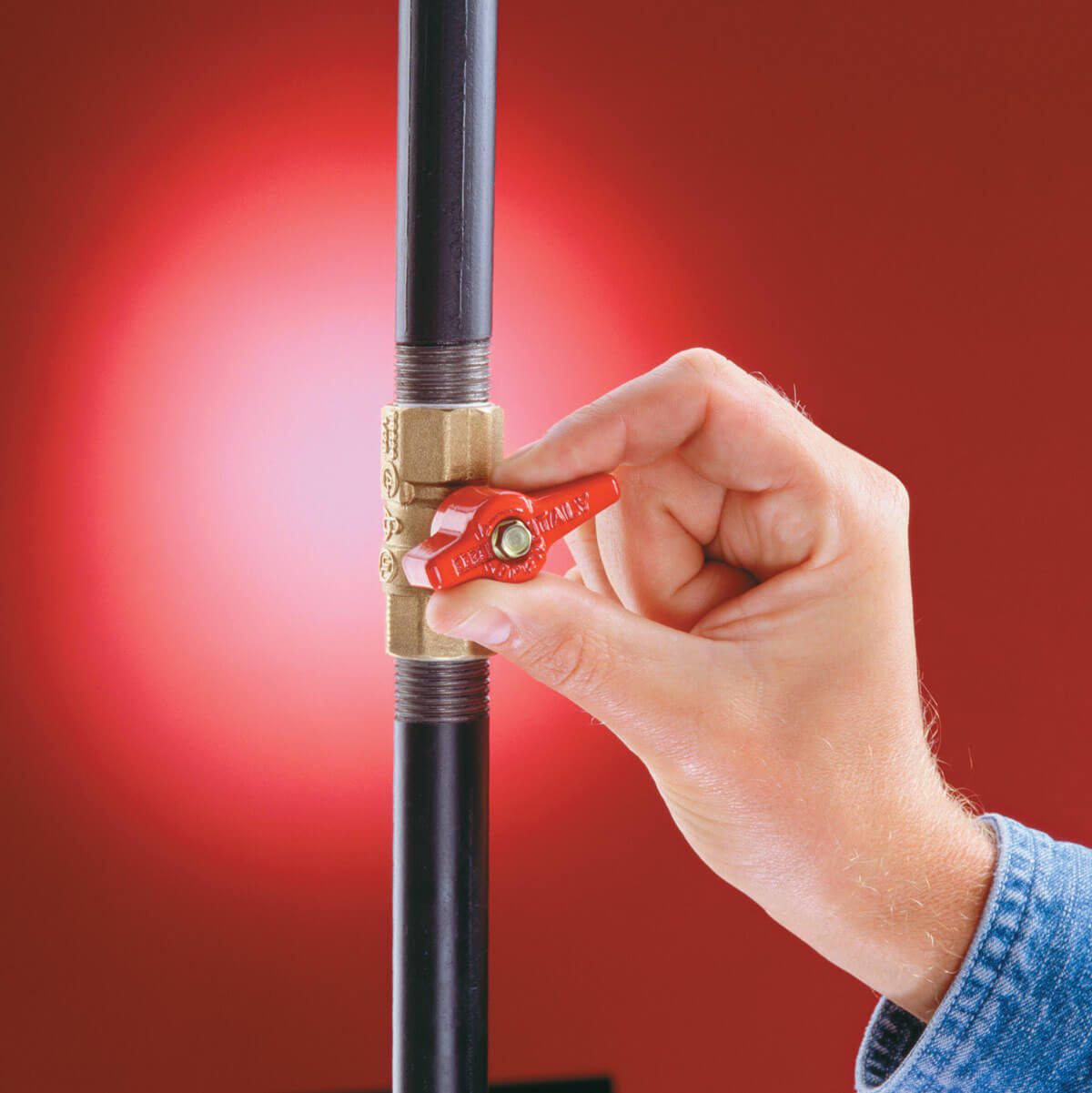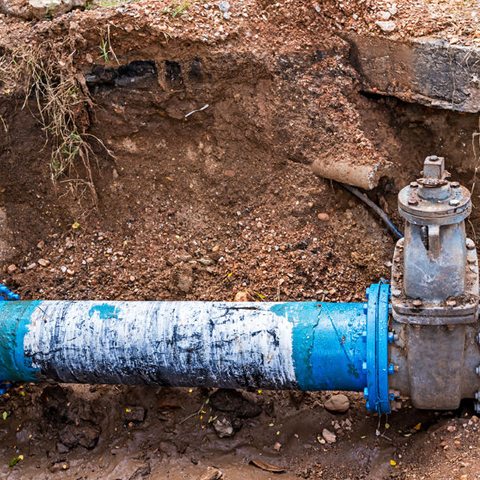This post following next about What to Know Before Installing a Dishwasher is especially enjoyable. Give it a go and make your own personal assumptions.

A burst pipe is a major emergency; you can only stand as you watch water you pay dearly to reunite with the planet. In even worse instances, you see a swimming pool on your kitchen area flooring, which is an excellent trip risk, especially if you have youngsters around. If the pipeline that ruptured remained in your walls, problem: you might require to paint that whole area.
Just how can a catastrophe like a burst pipe be stopped and handled? Well, by paying attention to your specialist emergency plumbing professionals as well as adhering to these regulations.
Just how do I understand when my pipes have ruptured?
Fluctuating water pressures
Pipes do not simply burst in a day. You may have discovered that your kitchen area tap or shower doesn't run promptly when you transform the faucet. It might stop for a couple of seconds and then blast you with even more pressure than typical.
In various other circumstances, the water may appear normal at first, then drop in pressure after a few seconds.
Wet walls as well as water discolorations
Before a pipeline ruptureds, it will certainly leak, most times. If this consistent leaking goes undetected, the leakage might graduate into a vast gouge in your pipe. One very easy method to avoid this emergency is to look out for damp walls ad water discolorations. These water discolorations will lead you right to the leak.
Puddles under pipes and also sinks
When a pipeline ruptureds, the discharge creates a puddle. It may appear that the puddle is growing in size, as well as no matter the amount of times you mop the puddle, in a couple of minutes, there's an additional one waiting to be cleansed. Typically, you might not have the ability to map the puddle to any noticeable pipes. This is an indication to call a professional plumber.
Untraceable leaking noises
Pipeline ruptureds can happen in the most unpleasant locations, like within concrete, inside wall surfaces, or under sinks. When your house goes quiet, you might have the ability to hear an annoyingly consistent leaking noise. Even after you've checked your shower head and kitchen tap, the leaking may continue.
Dear reader, the dripping may be originating from a pipeline inside your wall surfaces. There isn't much you can do regarding that, except inform an expert plumber.
Turn off the Water
When water freezes, it expands in volume by concerning 9 percent. And also it expands with significant force: The stress inside pipelines may go from 40 pounds per square inch to 40,000 psi! No pipeline can hold that much pressure, so it bursts. The break might occur where the ice kinds, but more often, it takes place where water pressure discovers a vulnerable point in the pipe. That may be inches and even feet from the icy area. Discover the water shutoff valve and also turn off the water to avoid even more damages. You might likewise require to shut down the electrical power too, relying on where the leaks occurs and exactly how huge it is.
Infected water
Many individuals assume a ruptured pipeline is a one-way outlet. Quite the contrary. As water flows out of the hole or gouge in your plumbing system, contaminants find their way in.
Your water might be infected from the resource, so if you can, inspect if your water tank has any troubles. Nevertheless, if your drinking water is supplied and also cleansed by the local government, you need to call your plumber right away if you see or scent anything funny in your water.
What do I do when I spot a burst pipe?
Your water meter will certainly remain to run also while your water wastes. To reduce your losses, discover the primary controls and turn the supply off. The water pipe are an above-ground structure beside your property.
How to Fix & Detect a Leaking Pipe
How Do I Know if a Pipe is Leaking?
Leak detection tests can help you determine if your pipe has a leak. Even if you don’t see an apparent leak, you should still conduct leak detection tests regularly to save water and money—and prevent major damage to your home.
Water meter. It can be helpful to figure out what your usual water meter usage numbers are and then monitor them regularly. To monitor your meter, first, turn off all water faucets in your home. Check the meter and write down the numbers. In a few hours, check the meter again. If the numbers have changed, you have a leak. Water gauge. Use a water gauge to test your water pressure. Your showerhead should produce a certain amount of water pressure based on its model and design. If the pressure is lower than it is supposed to be for that specific showerhead, your home likely has a leak. Puddles. Look inside your bathroom, laundry, and kitchen sink cabinets. Puddles around the cabinets or around toilets, tubs, showers, and washing machines indicate the presence of a leaking pipe. You may also notice loose tiles, peeling or flaking paint, or mold caused by water accumulation. Napkin test. Even if you don’t see any puddles, you may still have a leak. You can test for water leaks in the bathroom, laundry, and kitchen by wiping below-sink connections with a napkin, paper towel, or piece of toilet paper. If it becomes damp, you probably have a leaking pipe under the sink. Discolored walls. Walls that are discolored—usually with brown or yellow stains—or bulging might mean that they have been impacted by water damage caused by a leaking pipe. Smell. A leaky pipe will create sitting water, and over time, that water may develop a musty smell. If your home smells musty, but you can’t locate the source, it may be due to a leak. Steps for Fixing a Leaking Pipe
A leaky drain can be remedied by tightening the pipe base, replacing the drain seal, caulking the rim, and tightening the pipe nut. Similarly, a leaking toilet pipe can be treated by tightening the packing nut. You may also need to replace the valve. A leaky faucet may just need tightening or replacement of the washers. If that doesn’t work, consider replacing your faucet. If your pipe has a hole in it, you may want to use a pipe leak sealer or pipe leak tape. This quick fix for water pipe leaks can also temporarily fix a copper pipe leak. https://www.ahs.com/home-matters/quick-tips/how-to-tell-if-pipes-are-leaking/

Do you like reading about How to Install and Connect a New Dishwasher? Write feedback below. We'd be glad to hear your reactions about this entry. We hope that you visit us again in the near future. Appreciated our piece of writing? Please share it. Help another person discover it. We love reading our article about What to Know Before Installing a Dishwasher.
Click For More Info